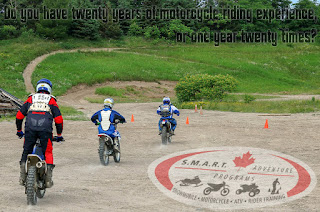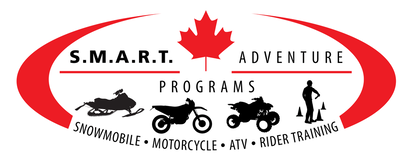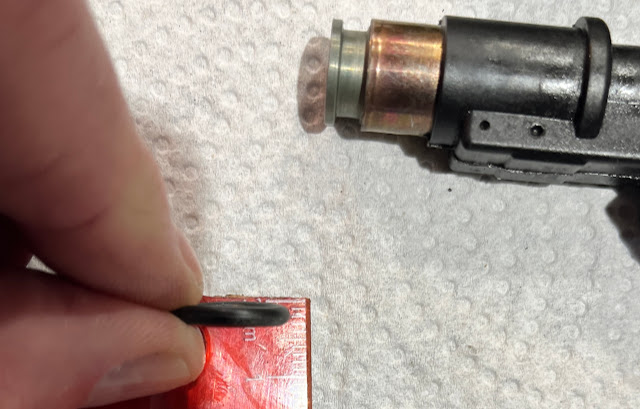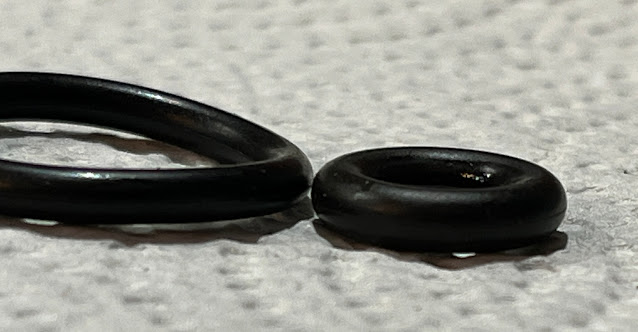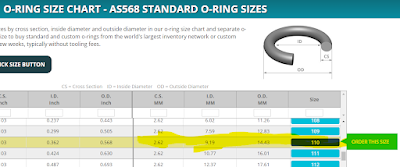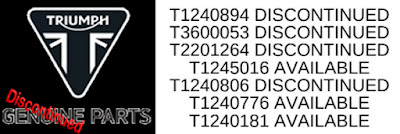I was talking to Alan Seeley on email who now writes for Classic Bike (UK) Magazine. I told him about the s*** show that was trying to order used parts from eBay to keep the old Tiger in motion. He put me in touch with Chris Jagger and also put my issue into the letters section of the magazine. Chris’s advice is that there are weak points on these bikes and as they age they get retired because of the lack of support. If you’re going to take on a Hinkley Triumph, even a relatively recent one, don’t expect the kind of support you’d get from other manufacturers.
I’ve sorted out ’90s Fireblades and Honda never blinked when I was looking for parts. Suzuki is legendary with how they look after their engineering history, and Kawasaki has also been nothing but solid when I was working on older machines. I actually found it easier to find parts for a 53 year old Meriden Triumph than I have with much newer Hinkley machines. I’ve said it before and I’ll say it again, for a company that markets on their history so heavily, Triumph vanishes when it comes to providing parts support, even for recent machines.
I took Chris’s advice and went looking for backup used parts. This time around I found a throttle body that looked like it has spent some time in an archeological dig, and it arrived in a beaten up box but this time the seller padded it well and the plastic bits were intact. I cleaned and dismantled the unit and now have spare throttle bodies, fuel injectors and a complete idle control housing along with all the other odds and ends.
When I put the Tiger back together I tried putting pins in the broken wires on the fuel sender but it didn’t work. I got a replacement fuel sender, but this time from a US eBay parts provider. I foolishly thought the shipping would be less but eBay surprised me with a surcharge on delivery that was 3x the shipping costs. Both the throttle body and the fuel sender came in on the same week. The throttle parts were much bigger and heavier and came from the UK with no surprise surcharge and the shipping cost was 30% lower. The moral here? Don’t buy used parts on eBay if it’s from an American based seller – you’ll get caned by US Post surcharges. No so with UK suppliers.
The good news is the new part works well, but not without other teething problems. That age of this bike is really starting to show. The wires had broken in the sender unit but unbeknownst to me they’d also broken on the other side of the connector, so when I first plugged the new unit in I got nothing. After taking the tape off I discovered the broken wire, cut off the connector, crimped on new plugs and it works a treat.
While I was waiting on parts I pulled the valve cover and checked the valves just to make sure they weren’t what might be causing the stalling and hesitation.
I’d last done this perhaps ten thousand miles and a couple of years ago – everything was still within spec. It’s an afternoon to do it but worth knowing that the valves aren’t the issue. That also gave me a chance to go over the seals on the airbox and pipes, clean and check the spark plugs, put a spacer on the throttle return to stop it stalling and wire in a bypass to the battery so it’s showing 13 volts when running now (the wiring for the battery is byzantine and loses voltage over time). I also rebalanced the throttle bodies while I was in there.
Links & Pics
 |
| With the Bonnie and bits gone, there is much room (both mentally and physically) to get on with keeping the Tiger in motion. The Kawasaki remains rock solid. |
 |
| Used on Triumph models up until four years ago – they don’t make these any more. |
 |
| I’m taking the broken one to bits and measuring all the bits. I currently have two plans: 1) digitally 3d model the part and look into 3d printing options with fuel proof materials. Nylon filament printing seems to be the fuel-proof material of choice. Lots of services out there. 2) is to build my own copper/steampunk version of this plastic bit using copper piping and fittings. |
 |
| My pins in the connectors attempt with the old fuel sender didn’t cut it. |
 |
| I thought the C14 might have an oil leak, but it turned out to be the oil in the fairing after the spring oil change. After a thorough cleaning it’s running like a (oil tight) top. |
Here are some details on the voltage fixes for 955i Tigers. Running the wire from the reg/rec to the battery was straightforward:
https://tigertriple.com/forum/index.php?topic=3843.75 is lost to the internet (those Hinkley Triumph support forums are dying out).
https://www.advrider.com/f/threads/sasquatch-link-please.1267616/
https://www.advrider.com/f/threads/tiger-electrical-upgrades.496199/
Reg/Rec update:
https://www.triumphrat.net/threads/charging-system-diagnostics-rectifier-regulator-upgrade.104504/
This is the Fuel Level Sender: Part Number: T2400526 that needed a swap…
Thanks to the massive shipping surprise it would have been cheaper for me to buy this new from a dealer (assuming they haven’t discontinued it). Don’t buy used parts from U.S. based eBay parts providers! It’s not their fault, but eBay makes a mess of US/Canada shipping.
from Blogger https://ift.tt/W7V3L4l
via IFTTT




































